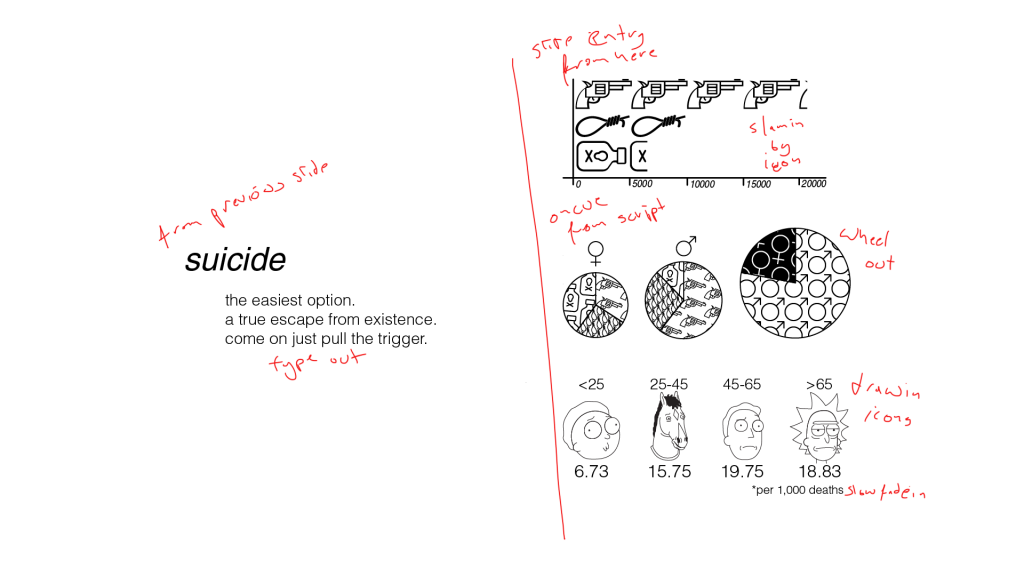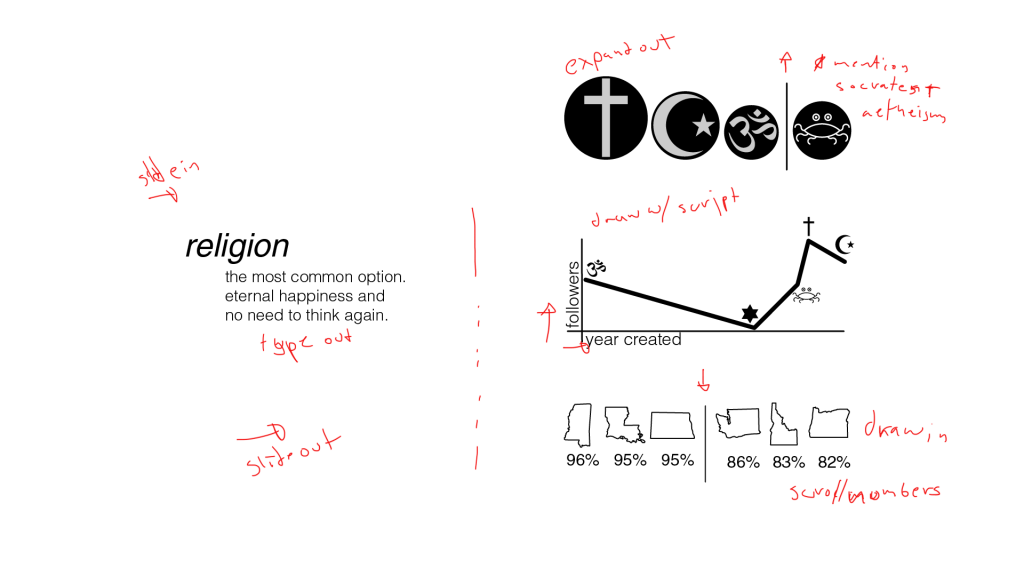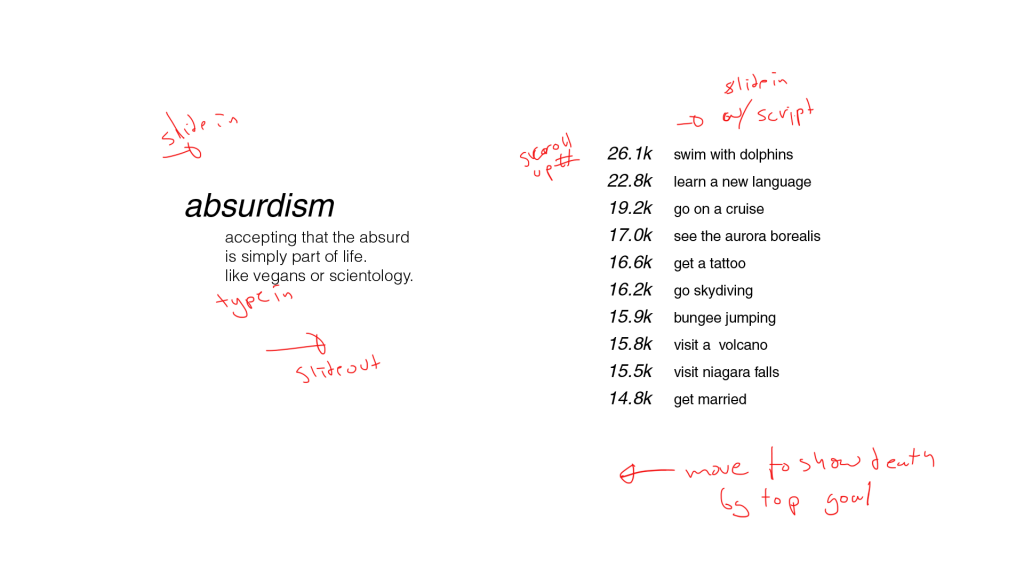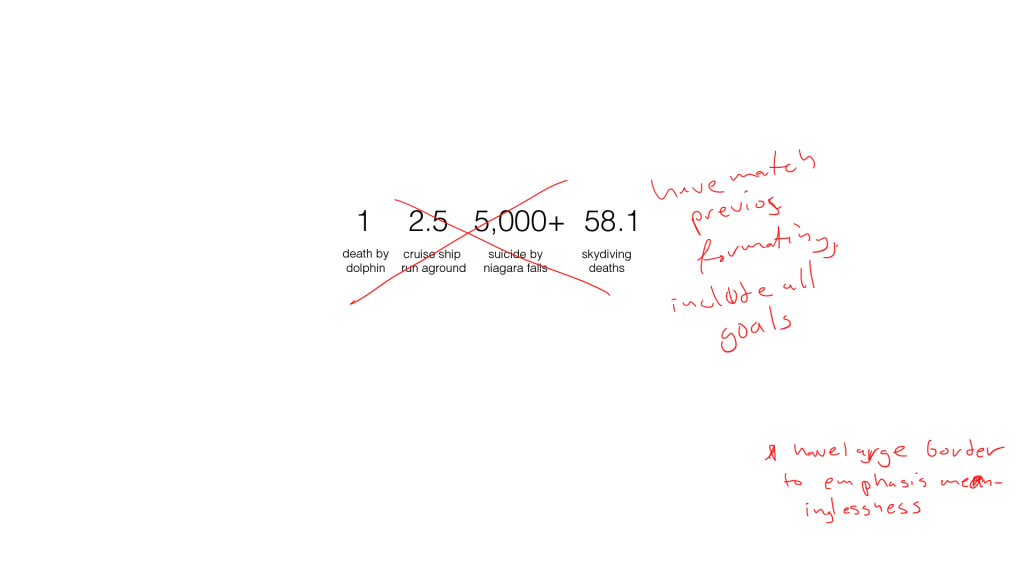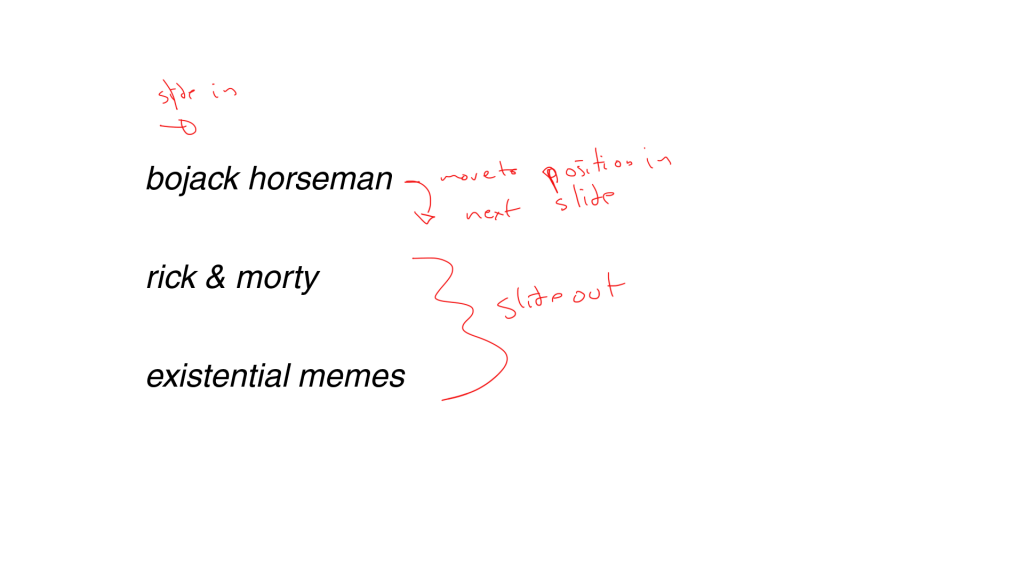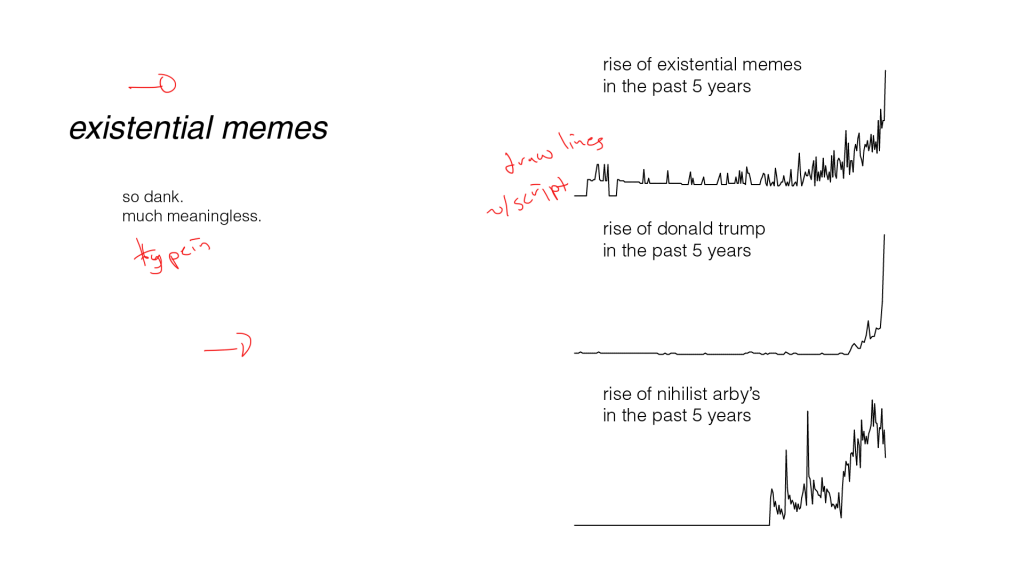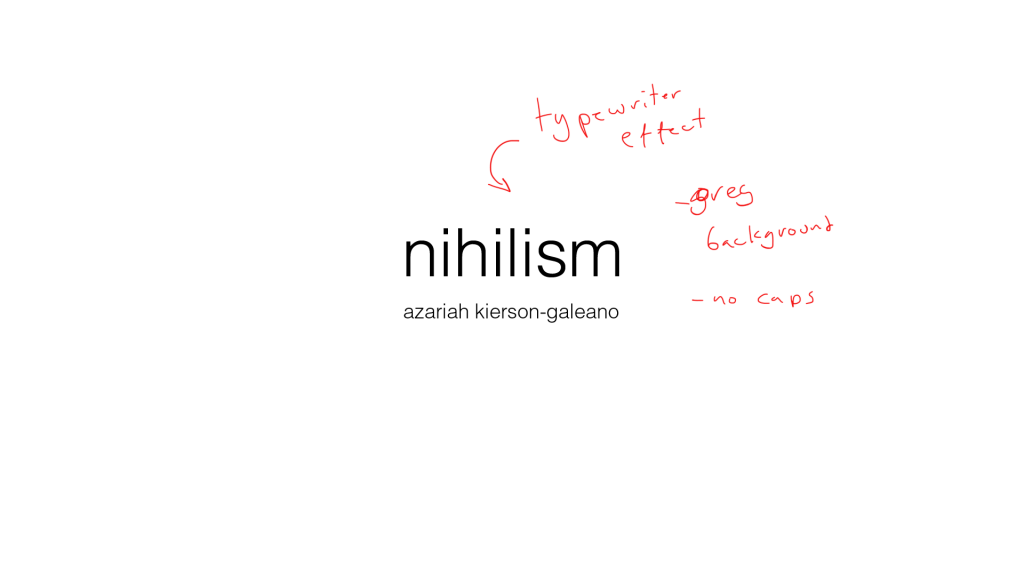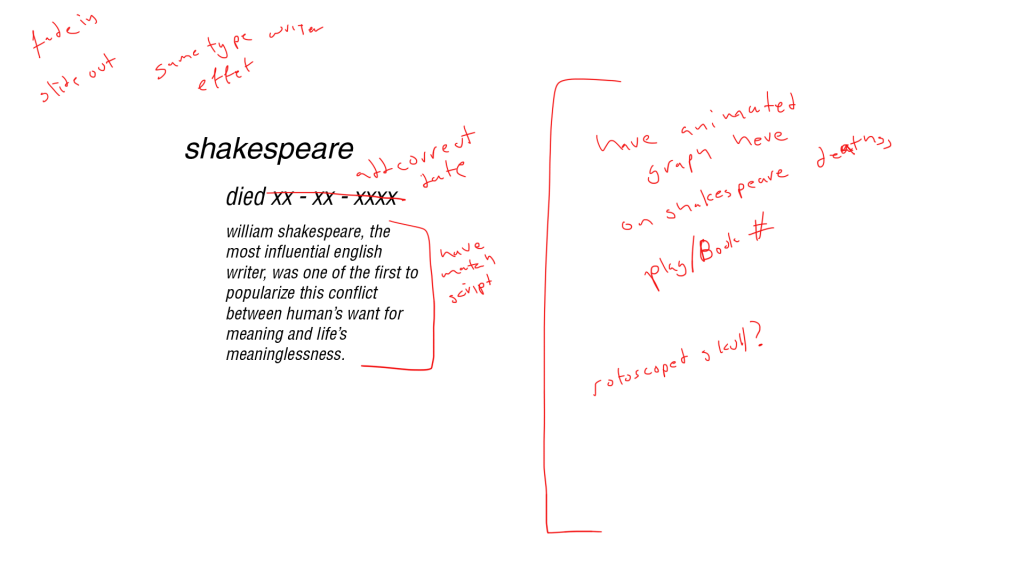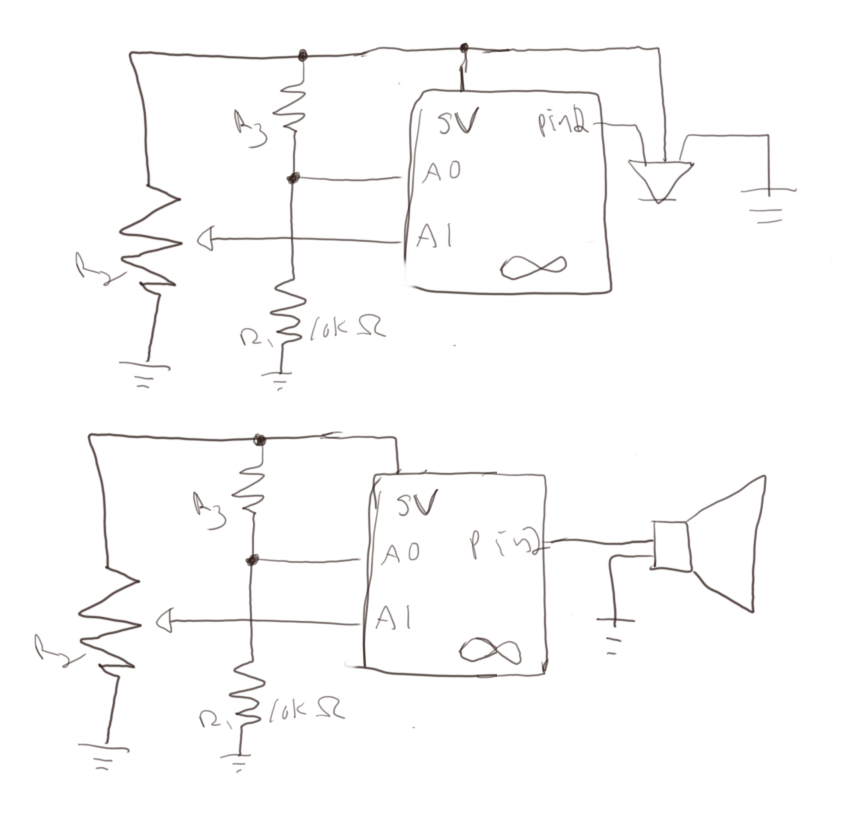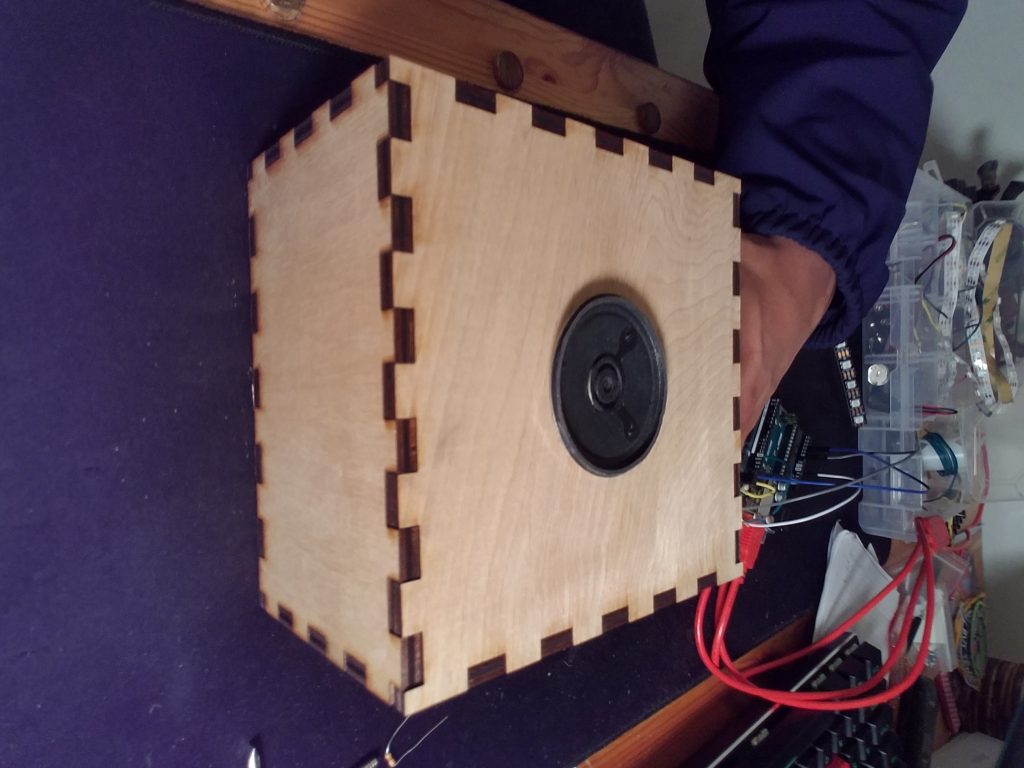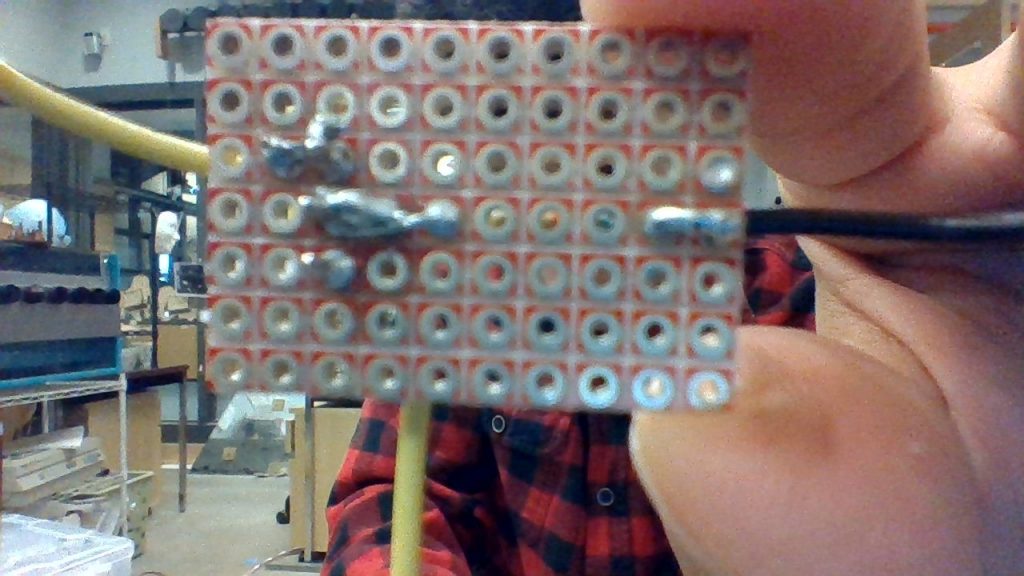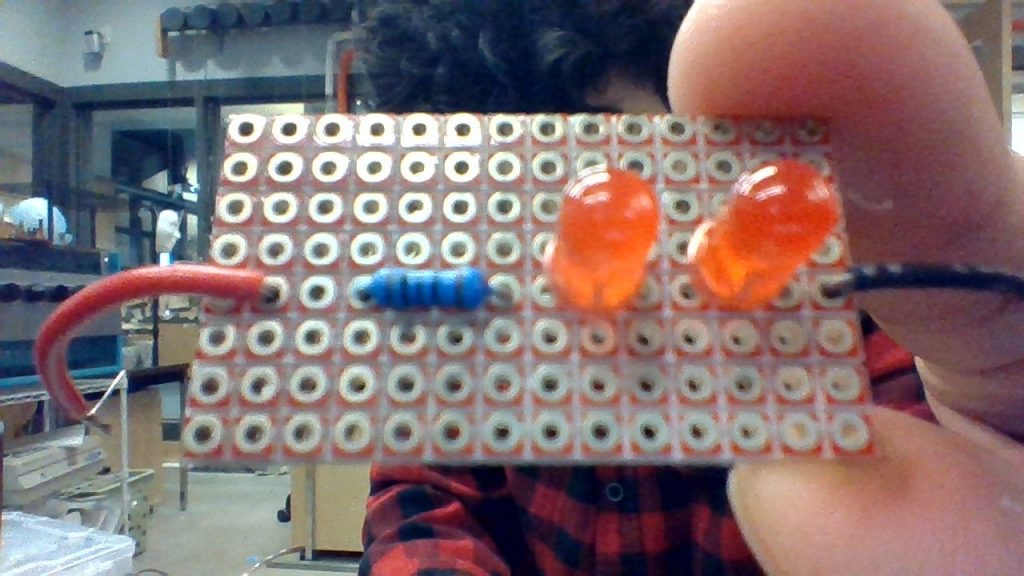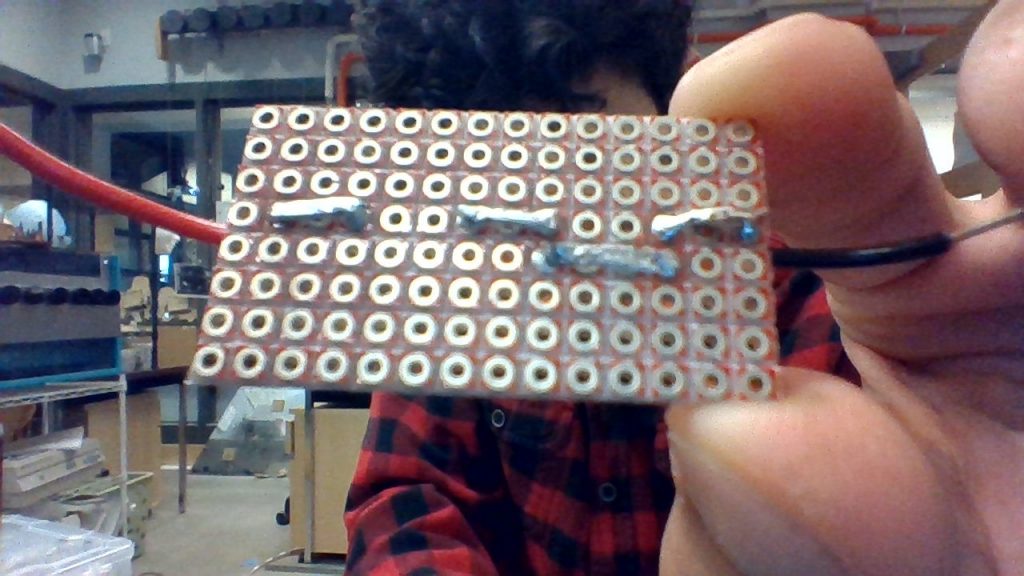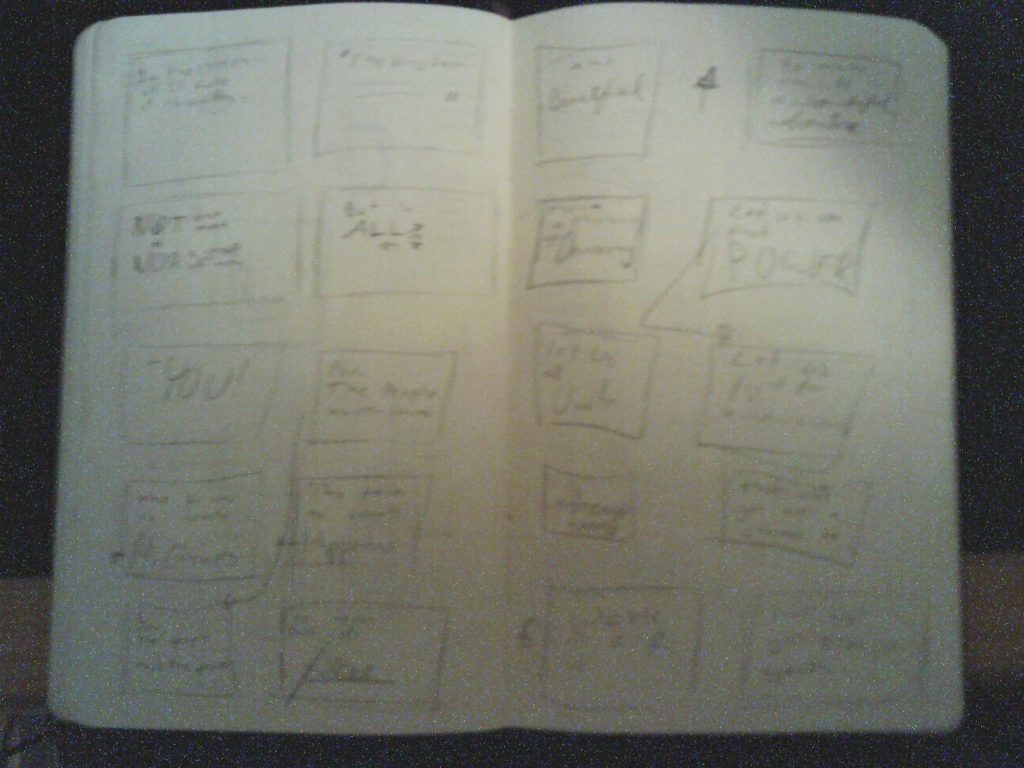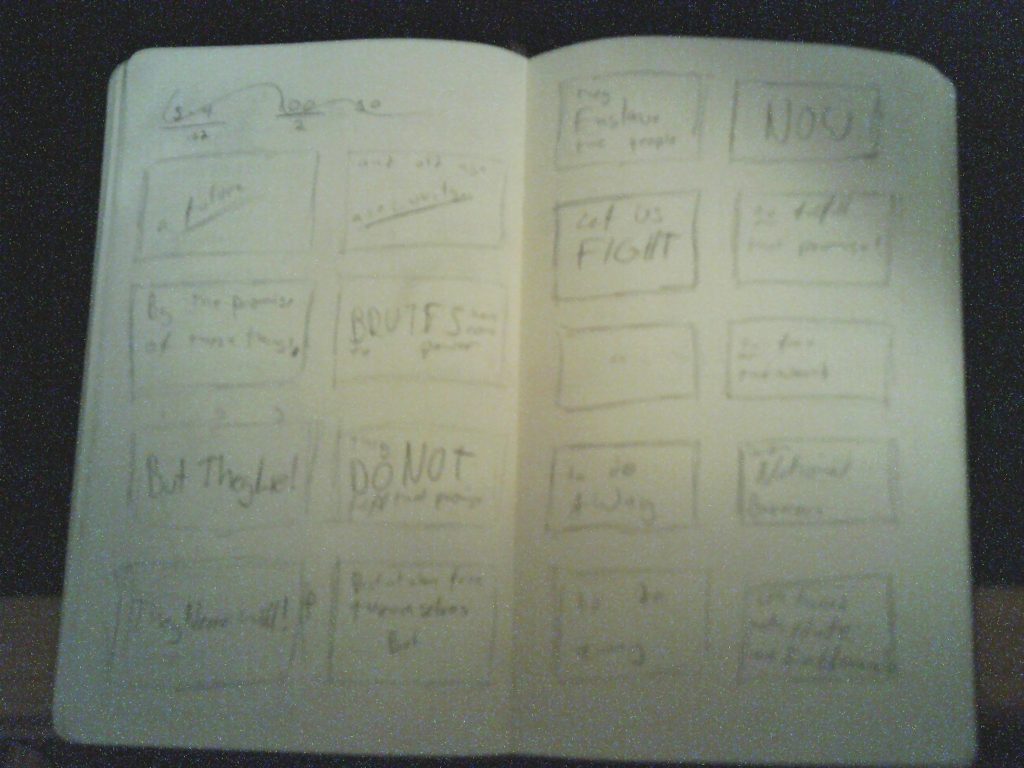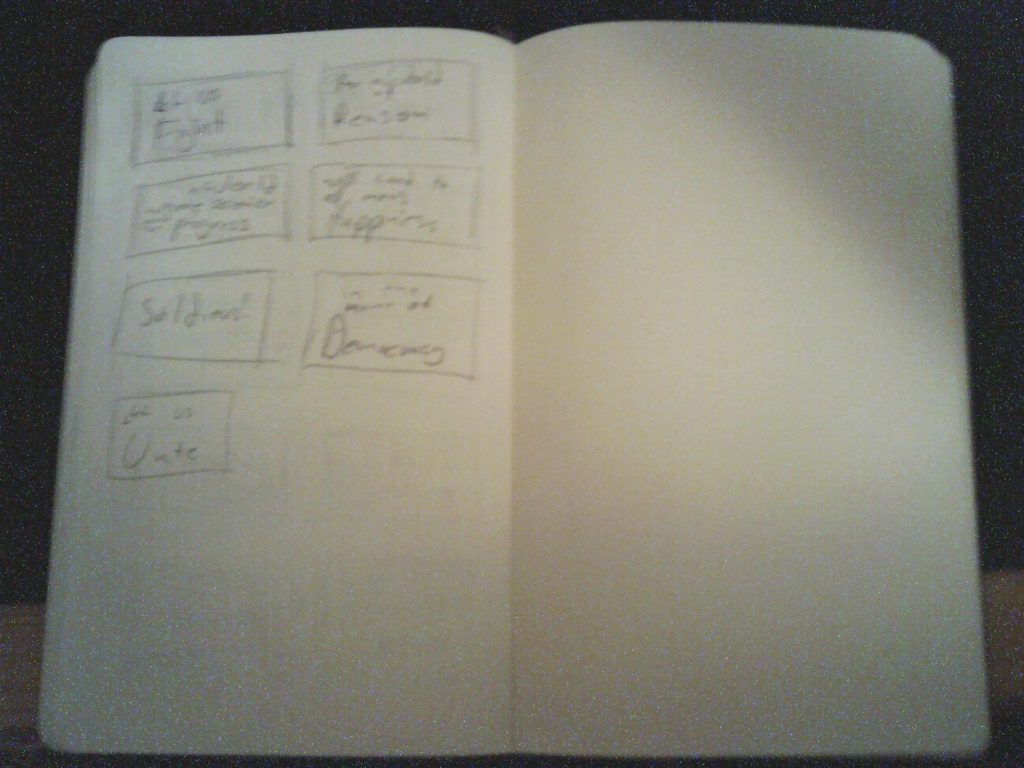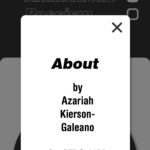Reflective Paper 3: Grandfather’s Tongue
Observation:
Ozadamar’s writing Grandfather Tongue tells about the physical relationship between the narrator, a stand-in for Ozadamar, and her Arabic writing teacher, Ibni Abdullah. Their relationship lasts for 40 days and is plagued by feelings of doubt from both sides about the validity of the relationship given that they are not wed and their cultural feelings about sex. In the story, Ibni tells two stories that appear to reflect their feelings about their relationship. The first one is about a young girl who spends forty nights with a dead man before marrying him. The second one is about Zeliah and her love for her slave, Yusuf, who refuses her advances until they are married because he is a servant of Allah.
These allusions to their relationship are contrasted with the very physical way Ozadamar describes everything else. For example, she describes the Arabic characters as “sleeping camels”, “pomegranate trees freezing in the rain and the wind”, and “like a fat woman’s arse sitting in a Turkish bath on a hot stone”. (20)
Reflection:
The allusive nature that she uses to describe her physical relationship with her teacher is not always in euphemisms. It is explicitly stated that she “pulled off his gym trousers, made love to him”. (32) But compared with her thoughts on some passing Arabs, it is rather tame. “I followed the Arab women wearing headscarves, their pregnant daughters beside them, I wanted to get under their skirts and be really small, I wanted to be their daughters in Neukolln.” (25).
However, the fairy tales told by Ibni express their feelings better than they could. The first tale, about the girl and her dead lover, reflects how Ozdamar pines for Ibni’s love: “lbni Abdullah comes, lays his mouth between my cheek and mouth. Now I’m calm.” (26). It also is called back to at the end when she leaves after forty days. (52). The other story mirror’s Ibni’s views on himself, as a pious man who is trying to maintain his purity and relationship to Allah. Both fairy tales are only close analogies as a central theme of both stories was saving one’s self for marriage, something Ibni and the narrator appeared to believe in but could not adhere to.
Contextualize:
The writing tells a story of the internal culture clash that Turkish immigrants experienced in Germany during the Cold War. While there are few references to worldly events or contemporary objects, the few that are, are significant. First East Germany: she mentions it as she leaves to return to West Germany and “looked at the ground and said, ‘Oh, it rained here too.’” (21) as though it were another world. The second important reference is the Turkish Worker’s Party, Communist and that “Green is anything that is not red.” (20) in reference the West’s aversion of anything Marxist while still trying to be progressive and liberal. The last contemporary reference is to Israeli soldiers. This last reference does not mention what conflict but that they killed all Ibni’s seven brothers (18). These traumatic events that are referenced set the stage as one of loss, both physical loss and a loss of tradition and culture.
Conclusion:
Ozadamar’s writing creates an incohesive but emotionally potent narrative of coming to terms with assimilation. The narrator represents a more assimilated Turk who wishes to regain what has been lost to assimilation. Ibni, in contrast, represents the traditions of Arabic that the narrator hoped could help her regain her cultural identity.






